Hollywood cinematographer embraces the Finnish dark season
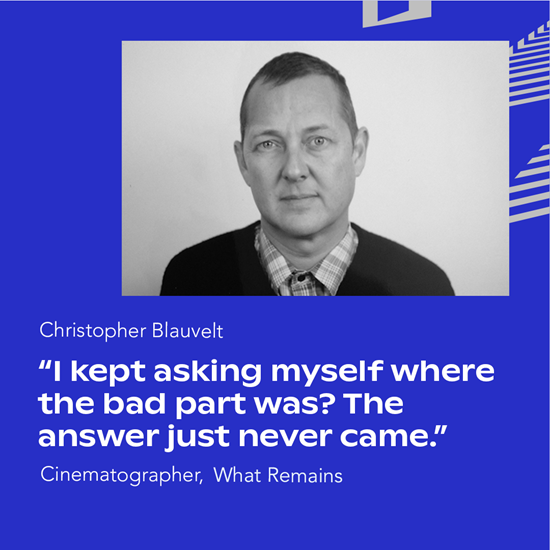
When experienced Hollywood cinematographer Christopher Blauvelt was invited by Chinese director Ran Huang to shoot his debut feature film – What Remains – in Finland, Blauvelt was instantly intrigued.
What Remains is based on true story about the unsolved murder of a boy in 1990’s Sweden, and the plan was to shoot the film in Finland – a country the film’s cinematographer Christopher Blauvelt admits he knew almost nothing
As Blauvelt tells it, “In July of 2021 I read the script for What Remains and completely loved it! But I had never even visited the Nordic region, let alone Finland specifically. So, I got online and did all the typical investigative work one does, and one thing that really hit me was when I came across the astounding films of Aki Kaurismäki – and I was so shocked that I hadn’t known about his work. I’m a cinephile and so it was great to realize that I now get to explore all his art, and I like when that happens – when I discover a whole new genre that I can fall into.” In fact, Blauvelt was impressed to later learn that some of his Finnish crew had worked on Kaurismäki productions.
Welcome to Finland
When Blauvelt arrived in Finland in December 2021, he spent his first weeks in preparatory meetings with his Finnish producers, Jupe Louhelainen and Timo Vierimaa, and doing location scouting. Right from the start Blauvelt had a positive feeling about his Finnish team. “The main thing that first impressed me was the quality – the clarity – of their communication. It seemed like there were never any egos or ulterior motives going on – which can sometimes happen within the rather political atmosphere of making a film. So I kept asking myself where the bad part was? What’s the part that is going to be upsetting or hard to deal with? The answer is that it just never came.” 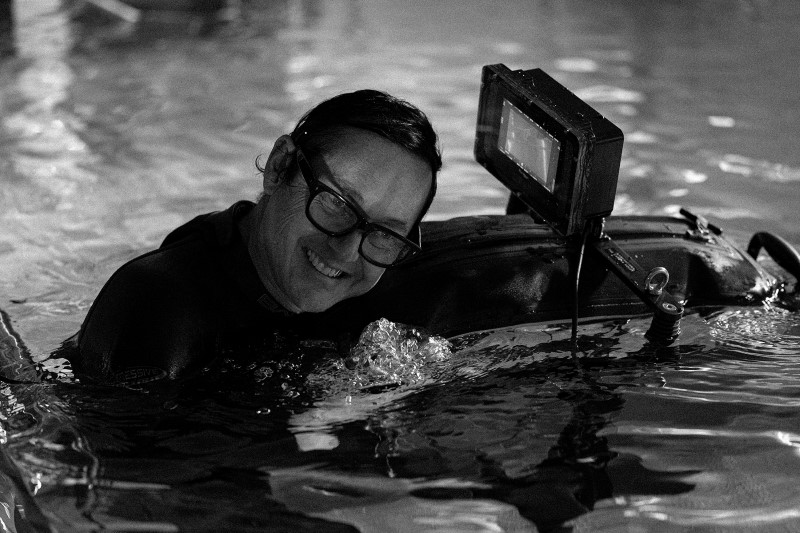
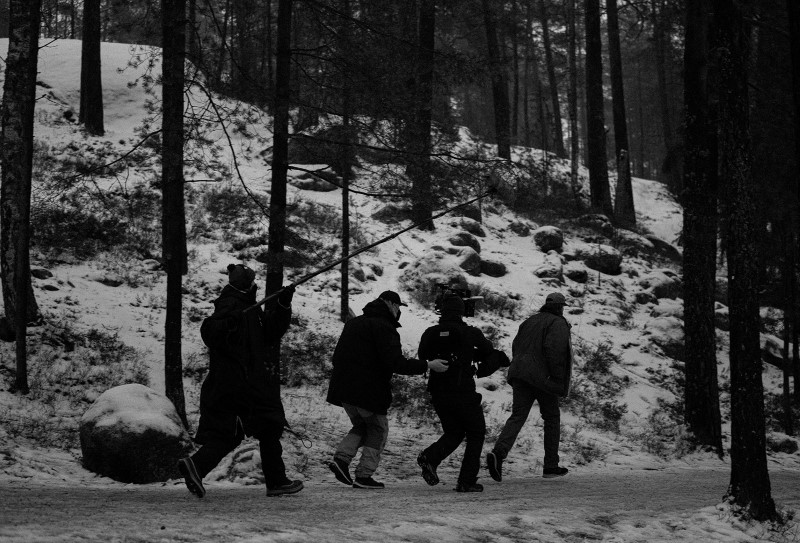
And from that promising start things only got better for Blauvelt: “Once we got into the work of the logistics and really getting things happening, I realized that I could just raise any issue that was bothering me, and we would all simply have an open, communal, collaborative conversation. In my experience, the quality of how Finnish film people work totally lived up to expectations. I had the luxury of starting to vet my crew five weeks before starting to shoot, to make sure I understood them and make sure they understood me – my language and my process – and that part went smoother than I could have ever imagined. In fact, rather than just being collaborators, I was feeling that they were becoming my friends – and in a sense that positive spirit never ended for me, even after we finished the shoot. To this day I still feel strongly how well the working style of my Finnish peers aligns perfectly with the way I most like to work.”
Blauvelt explains further that, “part of what I mean by ‘no egos’ is that I would always much rather have someone simply say they don’t know how to do something, than pretending they know. I like the confidence of knowing that I can count on clear communication with who I am working with, and this how we consistently worked during my whole time in Finland. This spirit extended to not just the producers and director, but the crew and the actors – everybody seemed very much on the same page.”
Shots in the dark
The film was mainly shot at Paimio Sanatorium (designed by iconic Finnish architect, Alvar Aalto) near Turku, and also a lot outside in the Helsinki area, including along the coast of Helsinki’s neighboring town, Espoo.
Blauvelt emphasizes, “We did our shooting during the depths of winter, and Finland in December has a well-earned reputation for darkness, so we were dealing with some very harsh conditions regarding the scarcity of light, the cold and snow. The conditions presented something of a learning curve for both myself and the director, as neither of us had much experience with this latitude. Of course, everyone told us what to expect, but it’s a very different thing when you are standing on the ground knowing that you only have – at best – five hours of tepid light during the Finnish dark season.”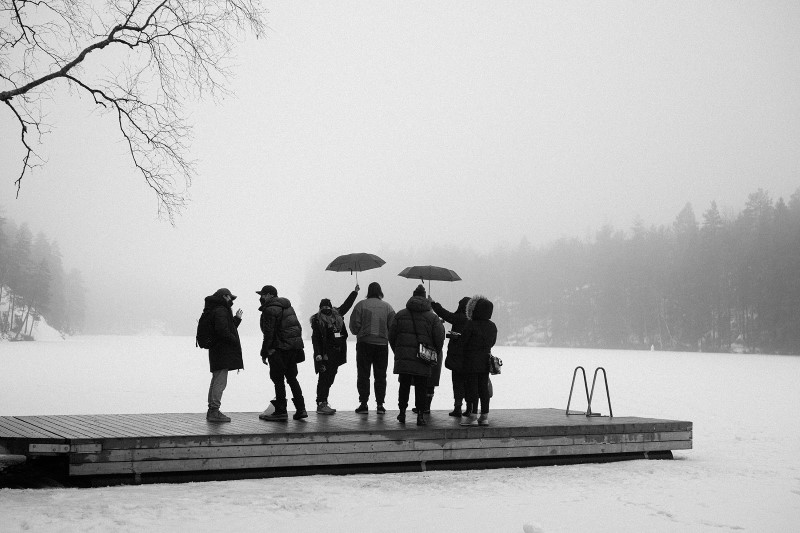
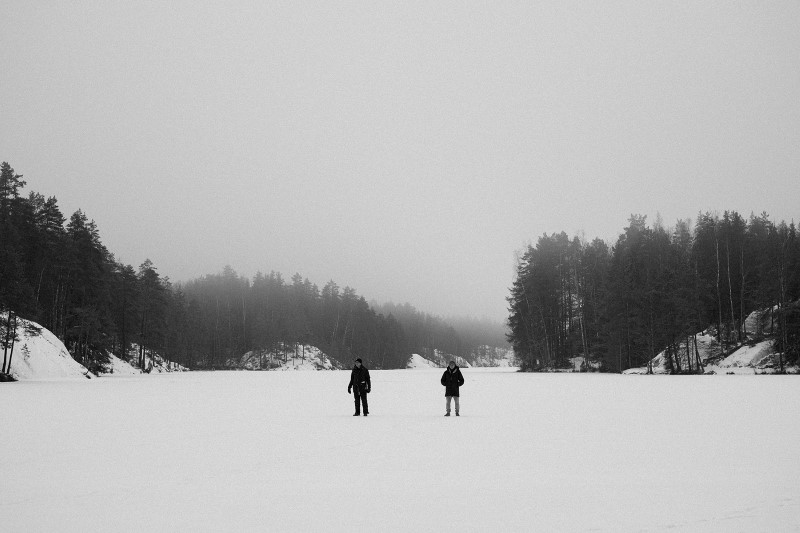
A collective, collaborative way of working
About his own well-earned reputation, Blauvelt somewhat grudgingly acknowledges that some of his crew may have been quite happy to be working with a cinematographer with his impressive CV, but he quickly points out how much he values the Finnish ‘flat hierarchy’, which is in fact quite typical on Finnish film sets. “I found the hierarchy is very blurred in the Finnish film sector – even regarding the actors. In Finland, the actors tend to hang out and eat together with the crew. And that really had an impact on me. I like to run a really collective, collaborative crew. And I quickly realized that Finns tend to consider everyone on the shoot to be valued. And that’s my favorite way to work. So while I think they were happy to work with me, they never seemed to feel they had to treat me in a special way, like some sort of fancy person. Instead, we were all assumed to be on the same level, and we spoke to each other in the same ways. And this mindset extends to their work ethic, and a collective sense of pride in what they are making.”
Blauvelt then seamlessly brings his experience with his Finnish crew full circle, linking it to the work of his new-found film hero. “I think this Finnish way of working can also be seen in Kaurismäki’s films, in his highlighting of people who may have historically been the underdogs – there’s a pride down there. That’s something I really like. And I try to live that way myself.” 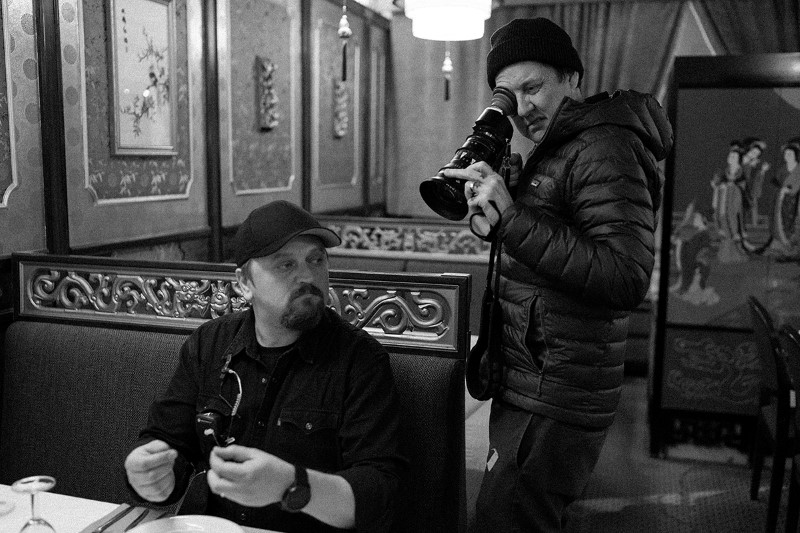
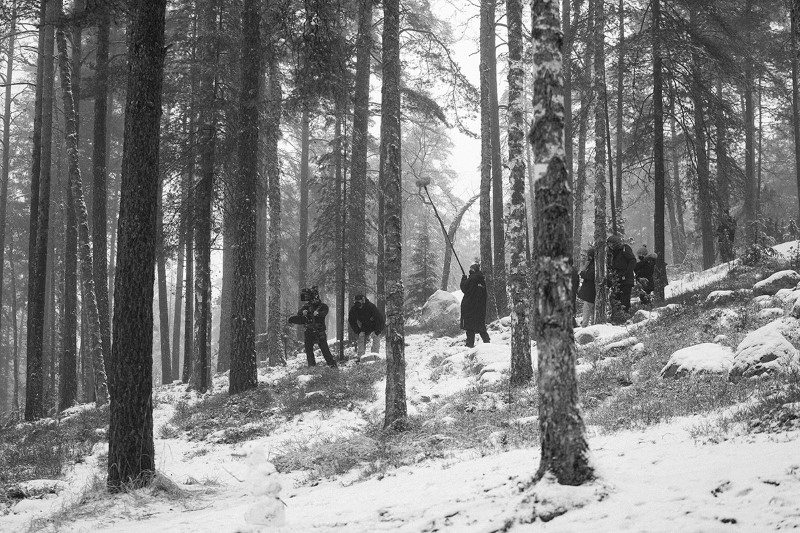
The beauty of Nordic light
Regarding his own personal ethic as a cinematographer approaching a new film project, Blauvelt says that his goal is always the same: “To create a look for it that is bespoke – that is unique to that film. So, my process involves a lot of discipline with regard to testing, and when I arrived in Finland my first stop was to check in with the specialty equipment supply services and start pulling gear and lenses.”
Blauvelt continues, “After this I start to make what I call a ‘recipe’ that combines all the references that have come from the director, and maybe things I have put into the mix, to create a specific aesthetic for the film we are making. This is how I work on every film project. We do test shoots in and around the locations we plan to shoot, using different equipment. In Finland, this was a very collaborative process, with my film crew and the director sitting in the screening room and checking the results of different cameras and filters and lighting techniques, and how they interpreted this beautiful Nordic light – and everybody contributing to what would become the ultimate look of our film. And it’s rewarding on that last test viewing when the director turns to me and says, “That’s it, we found it. That’s the look of our film.”
Special thanks to Fake Action Truth Ltd. for the behind the scenes photos